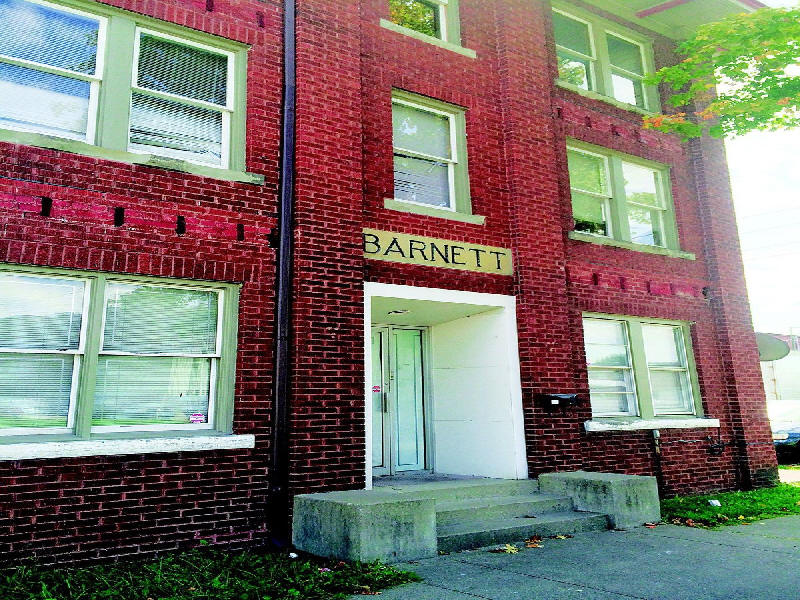
------------------------------------------------------------------------------------------------------

Courtesy of James E. Casto
----------
The Barnett Hospital closed in 1939.
------------------------------------------------------------------------------------------------------
HUNTINGTON --
For decades, Dr. C.C. Barnett was a central figure in Huntington's
African-American community.
Barnett was born Nov. 30, 1869, in New Canton,
Virginia, the son of slave parents. The family moved to the Huntington
area in
1871. Educated in the local schools, Barnett earned his medical degree at Howard
University.
By 1902,
Barnett returned to Huntington and began practicing as a medical doctor and
surgeon in the city's
African-American community. He married Katherine "Kate" A.
Whiting, and in 1905 she purchased a two-story
frame house at 1201 7th Ave. At
that time, the house was located in the midst of an African-American
neighborhood
that extended between 20th and 8th streets along 6th and 7th
avenues. When Kate Barnett died in 1909,
she left the property to her husband.
In 1912, he married Clara B. Matthews, a trained nurse.
Although his
work as a medical doctor was already a huge accomplishment, Barnett wanted to
give more back to
the African-American residents of Huntington. He was inspired
by the story of a young black employee of the
Chesapeake & Ohio Railway who was
injured on the job and eventually died because he was refused treatment
due to his color. Thus, in the same year he married his second wife, Barnett founded
and opened the
Barnett Hospital in their house.
When it first
opened, the little hospital had only a few beds. The building was greatly added
on to over the years
and eventually had 50 beds, 10 physicians, eight nurses,
two operating rooms and an x-ray department. In 1918,
Barnett's wife Clara
opened the Barnett Nursing School. At that time, few of the nation's
nursing
schools would admit African-Americans.
Unable to pay
the mortgage, Barnett lost his hospital to the bank in the Great Depression,
but
for
another decade the city operated it, treating patients of all races. It
closed for good in 1939.
From 1947 to 2007, the building was used as offices for
General Laborers Union Local 543.
"When I
learned the history of the hospital, I knew this was a building that needed to
be saved," says
local historian Karen Nance, who was instrumental in preserving Guyandotte's historic Madie Carroll house.
She bought the former hospital
building from the union, did the research needed to see it added to the
National
Register of Historic Places and is gradually restoring it for use as an
apartment building.
-----------------------------------------------------------
Note: This Article and picture appeared in the Herald-Dispatch Newspaper on Oct. 19 , 2014
-----------------------------------------------------------
[ Back ]